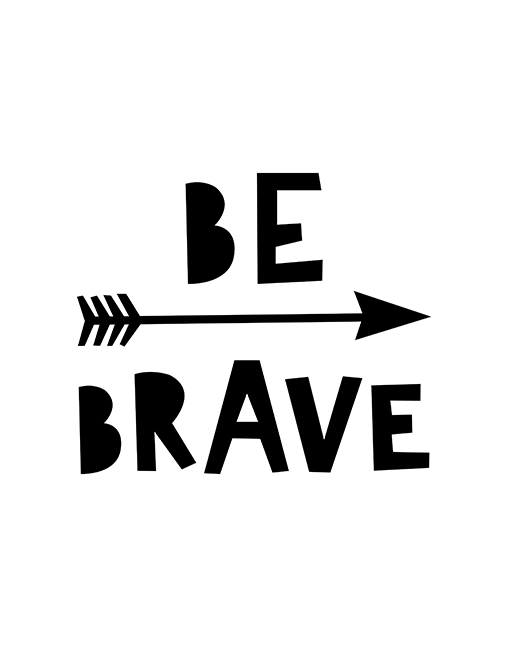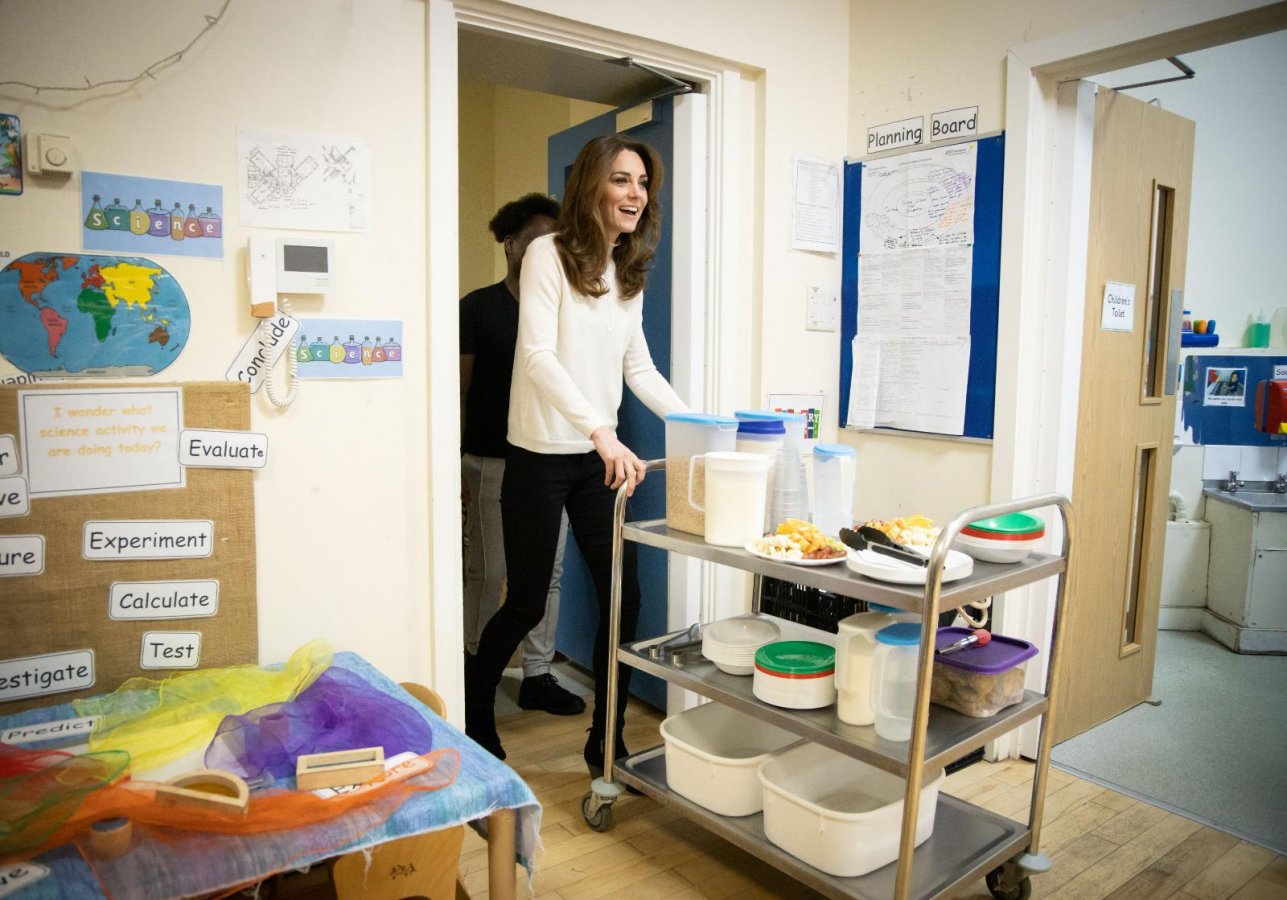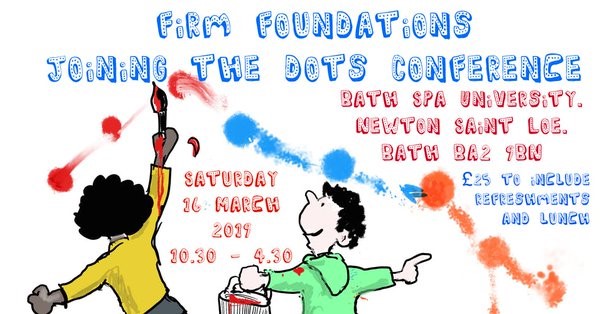There’s trouble up mill … The sector is dismayed because the Early Learning Goals are being reviewed and the DfE has not engaged Early Years people nearly enough. Will they ever learn about the power of communication and involvement?!
I have followed this debate very carefully to understand the rationale for the change. I want to be completely confident to engage in the debate so any decision we make whether accepting, adapting or rejecting the change is based on objective facts and up to date theory. I got out all my maths books and re-read them and bought one or two new ones to check if anything has changed about how children learn or we teach maths. (and so should you; re-read Linda Pound, Sue Gifford and Ann Montague-Smith, overrule the research says teachers stop engaging in new ways of doing stuff after three years).
One of the most contentious areas of the review is the suggested change to the Maths ELG which has been squeezed tight into a number strait jacket. The rationale is that number is the platform for children to excel mathematically and … they need to develop a secure base of knowledge from which mathematical mastery is built.
This is not new, in the 1999 run up to the Desirable Learning Outcomes, the National Numeracy Project advocated four areas of number, the number system; calculations, making sense of number problems which included money, time and measures, graphs, charts, tables and shape and space.
However, unlike this review they noted that numeracy was more than knowing about number and number operations. Here is the current suggestion for Maths:
1. Develop a deep conceptual understanding of the numbers to 10, the relationships between them and patterns therein.
2. Have an understanding of number to 10.
3. Link names of numbers, numerals, their value, and position in the counting order.
4. Subitise (recognise quantities without counting) up to 5.
5. Automatically recall number bonds for numbers 0-5 and for 10, including corresponding partitioning facts.
6. Automatically recall double facts up to 5+5.
7. Compare sets of objects up to 10 in different contexts, considering size and difference.
8. Explore patterns of numbers within numbers up to 10, including evens and odds.
I don’t think anyone disagrees that children need to have a competent and confident grasp of number. We all want children to be familiar with mathematical thinking, number and shape so that they move effortlessly from concrete to abstract concepts.
So, what is the issue?
In my opinion, it’s all about the teaching and the perceived view that we are pressuring four year old children into formal education. People are worried because so many more children are suffering negative stress which is increasing mental ill health. Lilian Katz once said that just because children can does not mean they should. Little children can learn to do formal sums but that does not mean that they should – or that it’s in their long-term interests to do so. A view shared by Tina Bruce, who said that short cuts through childhood do not lead to a good future.
Howard Gardner 1993 said: The universal decision to begin formal schooling around the age of 5 to 7 is no accident because by then children are comfortable representing ideas and objects through a variety of media and they are becoming ready to use symbols but of course development; still depend on the child experiences. (p76)
In Early Years we teach maths formally and informally. Early Years teachers do this by combining children’s interests and suitable teaching methods. Pound (1999) quotes a raft of research showing that by failing to give children experiences that exploits their interests and gets them on the road from concrete to abstract before starting school limits later understanding.
Early Years teachers know this and therefore ensure a sensitive child- focused balance of play, adult led planned activities, and provocations using the environment, resources indoors and outdoors and then more play to help the children assimilate their new ideas through all the elements of characteristics of effective learning.
In summary, lots of repetition and practice, sensory play, block play, teacher mathematical dialogue, exploration using their bodies, enquiring and “having a go” , differentiation, extension, metacognition, assessment but best of all wallowing in the fun, safe, rich, absorbing and captivating experiences. They know that learning is like completing a jigsaw with bits clicking into place as new experiences inform previous experiences. Watch a child puzzle out a problem, little face gurning with the effort of thinking, considering, reasoning, predicting, testing, till they come to the pleasure of a conclusion.
These methods align with children’s natural learning style which are less likely to cause them to become anxious about maths and repeat the pattern of so many adults who were taught maths badly and who are busy transferring their anxiety to the next generation.
Children do not seem to learn maths in a linear way, learning one thing after another. It is a complex process. They often learn things that we don’t we have taught them and fail to learn things that we have taught them. Learning seems to resemble a jigsaw with the concept clicking into place as new experiences inform previous experiences. (Clarke and Atkinson 1996 p25)
The focus on number is causing some concern. Some people are rejecting sorting and matching as mathematical but sorting, matching, ordering, comparing, predicting, sequencing and repeating are helpful preparation for mathematical thought. Although, I would agree that we could improve our Maths teaching by using consistent mathematical language as well as helping children better understand their own thinking processes.
Other elements of Maths being ignored is spatial orientation is an important dimension of spatial thinking. This is how children figure out where they are and how to get around by getting a feel for location, landmarks, routes and mental maps which combine routes, landmarks and locations. This means taking them out, something the ELGs is rather light on, assuming most things are taught through books!
But the DfE need not worry. Good Early Years teachers understand that number is important. They would just argue it’s not the be and end all. We know we have to teach it quite logically. We recognise that some children have a tendency not to naturally focus on number in their play but they love games and number activities with adults. Although, by four years children want to count everything and start representing number through many symbolic representations. We know that to be able to count children will need to have gained a real understanding of:
* One to one principle (matching of counting words to items to be counted)
* Stable order principle
* Cardinal principle
* Abstraction principle
* The order-irrelevance principle
This will come by being taught but also having routine experiences and a raft of activities supported by mathematical language to achieve this proficiency. Parents matter too as children who come from homes which use number are more competent. When home and school are very different, children begin to compartmentalise rather than connect.
We know counting precedes children’s ability to subitise and they won’t be able to do this without a great competence in counting. Anghilieri (1995) says getting children to write numerals requires adults to understand that children are able to:
* Explain their thinking to others
* Represent their mental images with objects or drawings
* Record their ideas in some written form
Good teachers will have nurtured this journey using teaching tools including activities and resources which are contextually relevant and fun. Games, activities, number lines and number songs, nursery rhymes, fairy tales and books are just the tip of the teaching iceberg. Just think about all those sleeping rabbits, lively monkeys jumping on the bed, bears eating porridge or swimming ducks. They also know that children who are behind or less confident will need direct adult input. Another challenge for a cash strapped sector.
The fear is that the inexperienced Early Years policy advisors think that Maths has to be teacher taught.
Schools can train children to become skilful operators, to perform well in the short term but this does not develop a network of connections, symbolic representations and meanings which extends the power of thinking and hypothesising.
(Thumpston 1994 p121)
There are too many adults absolutely petrified by Maths. Learning to think mathematically is within everyone’s grasp. We are hearing far too much from those who know very little about teaching young children about worksheets, role learning, PowerPoint (I kid you not!) and group teaching. This is what is worrying people in the know including the HMI which criticised sedentary maths activities and the premature use of worksheet stating that better informal grounding in maths have better more embedded results. Other worries include the misunderstanding about large group activities which actually tend to benefit children of similar abilities but does little for those of different abilities such as summer born children or those with EAL and let’s not forget the many little four-year olds being expelled at the moment. We don’t want to create a new generation of fearful mathematicians. We need problem solvers to be ready to take on this changing world.
Mathematical know how the ability is to solve problems- not merely routine problems but problems requiring some degree of independence, judgement, originality and creativity.
(Polya 1957)
The proposed goals will be tested in 25 selected school Reception classes. The sector is therefore rightly asking if the pre-conceptual work done in the Early Years is to be ignored as a significant underpinning contribution to children becoming Mathematicians.


